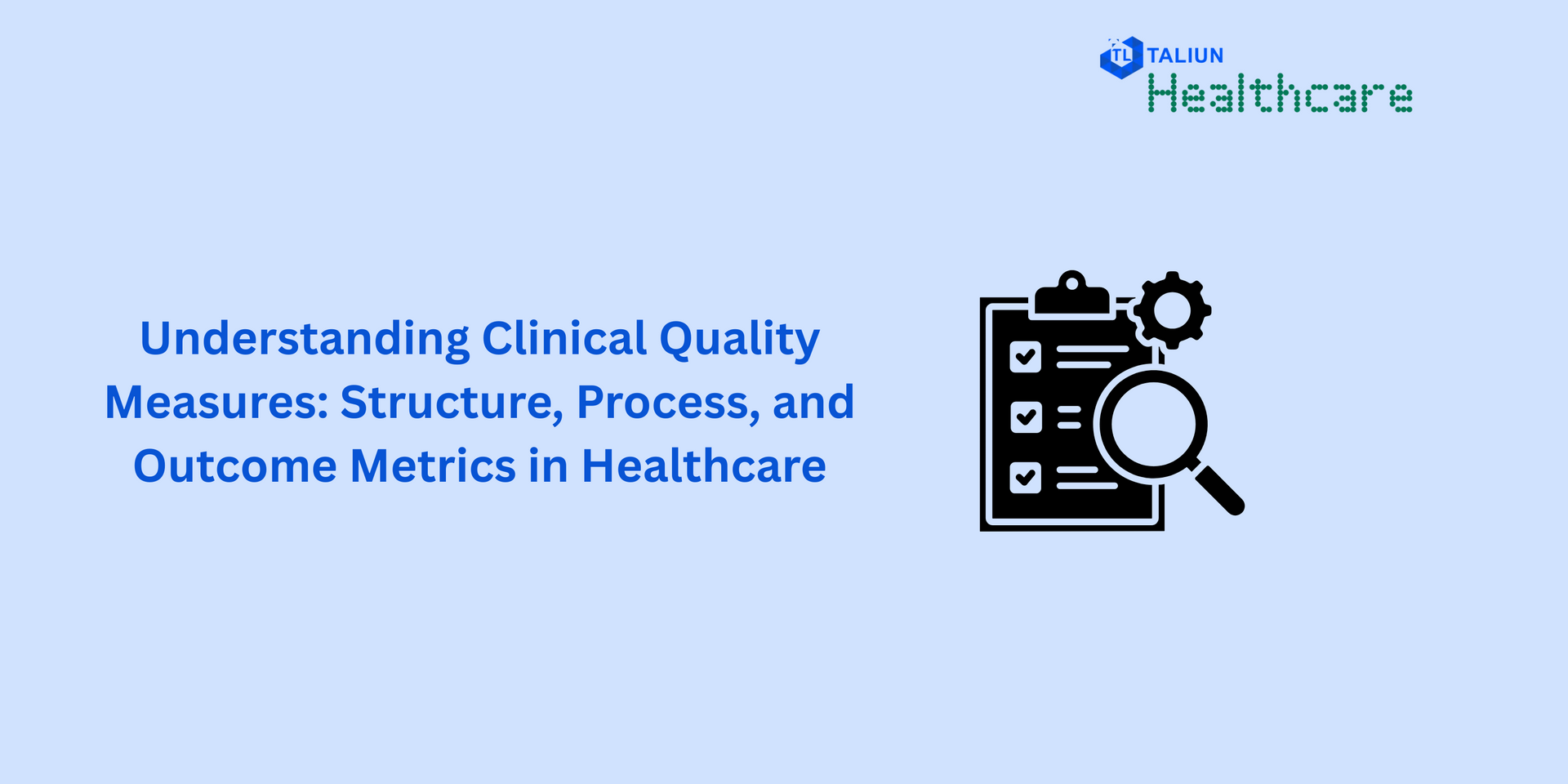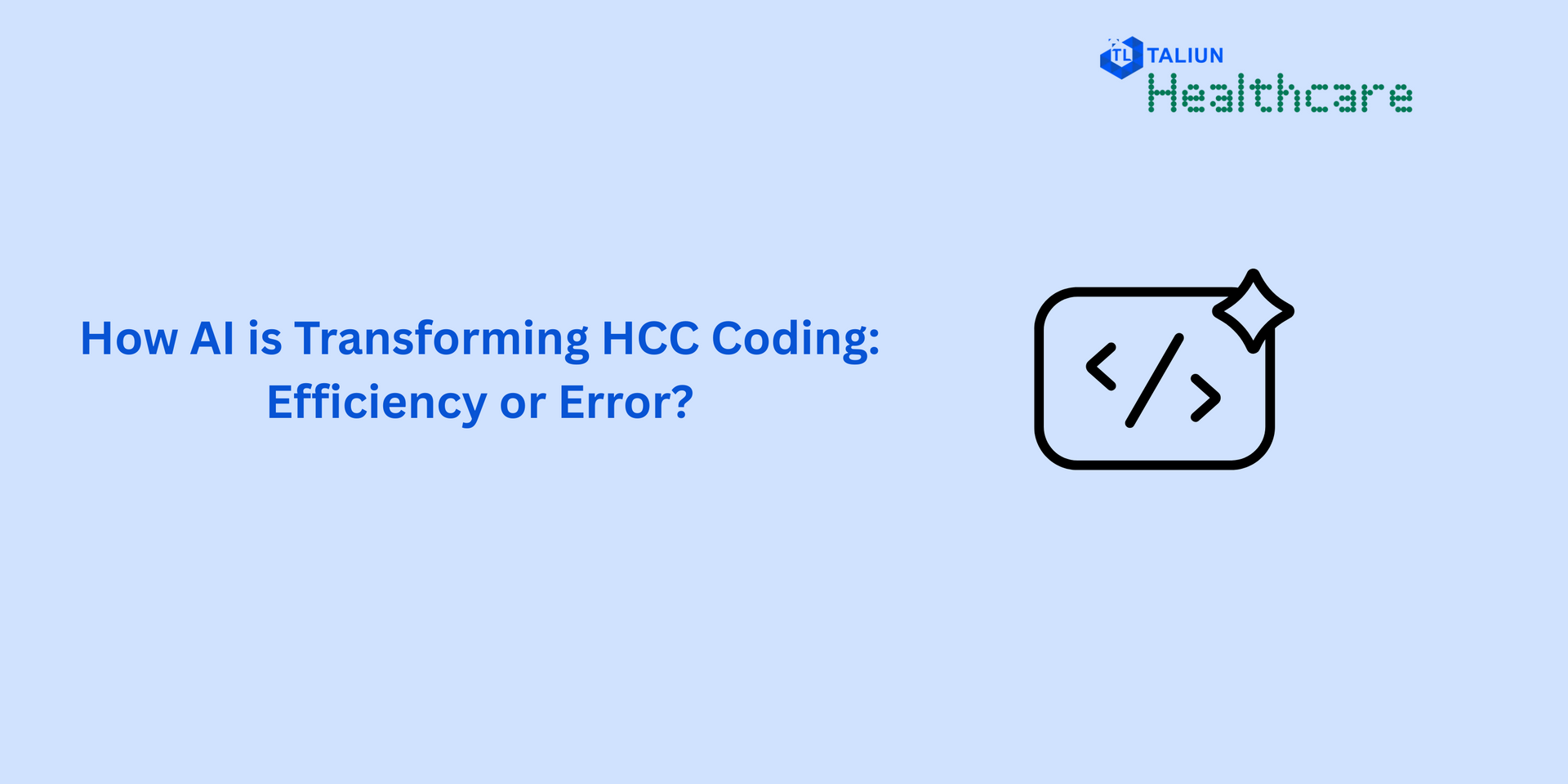7 areas of Artificial Intelligence - Impact of AI in Healthcare and Life Sciences
Artificial Intelligence (AI) in life sciences
In the realm of health care, Artificial Intelligence (AI), data science, and Machine Learning (ML) have revolutionized how patients are being treated without direct human intervention. This is made possible by gathering information about a patient and arriving at a logical conclusion which can then be used to prescribe a remedy.
Artificial Intelligence which is defined as a technology that imparts human intelligence into a computer does it using a series of well-organized algorithms. These algorithms which are the guiding principle behind any artificial intelligence technique are set apart from human behavior in two basic ways: (i) algorithms are not able to adjust the goals and work as per the preset goals and (ii) algorithms possess the capability of predicting precisely but are not able to assign the reasons behind the prediction.
The technology that is finding new avenues in the healthcare industry today had its beginning dating back to the later part of the twentieth century ie, the late 1960s and the early 1970s with the development of MYCIN and other AI techniques that could be used in the field of medicine. These AI technology, however, did not get recognition from the medical fraternity.
With the advancements in the field of microcomputers and internet connectivity during the years ranging from the late 1980s to the 1990s, the researchers and the developers unanimously decided to redesign the AI technology in healthcare to have within it a vast storehouse of patients’ data and the response of the physicians.
The recent developments in the healthcare industry which have been ushered in using the technology of artificial intelligence include:
(i) Diagnosis: ML research in medicine is the most widely used in the diagnosis of diseases. Reports issued by The Pharmaceutical Research and Manufacturers in America suggest that a large number of cancer-curing drugs are in various stages of testing in the United States. Cure related to various other diseases are also being developed globally using this technique.
Available data on the utility of AI on diagnosis shows that this technique is fairly accurate in diagnosing diseases like cardiac arrest, oncology, etc. An early and proper diagnosis is an essential pre-requisite for correct treatment. There are numerous examples where early detection of cancer cells have been treated successfully.
For imparting the best medical care to the patients and ensuring their longevity, the researchers, and the medical staff must work in close coordination using AI algorithms.
Studies have been conducted to test the effectiveness of AI on the screening of breast cancer (BC). Proper diagnosis enables taking corrective action leading to a longer life. The present technique of mammography can either give a false-negative result or miss out on cancer that is present. This can be rectified by a series of mammography which often leads to additional expenditure. AI can make such screenings more efficient by using large complex datasets and image analysis.
Other similar studies on the effectiveness of AI on the diagnosis of BC reveal that digital mammography suffers from a wide range of limitations due to human factors which causes anxiety, biopsy, and unwanted surgery. These studies show that AI algorithms have converted the single image of the area into various pixel-level images unrecognizable to the human eye. The computer can accumulate these small images to identify other features that are associated with the disease.
(ii) Personalized Treatment: Personalized treatment based on individual behavior is vital for a correct assessment of the disease. This topic which comes under the ambit of supervised learning is taking medical science by storm. Smart wearable behavior sensors have already been developed using the technology which transfers the changes in the behavioral pattern in the central database for quick response leading to an increase in longevity.
This brings us to the most obvious question, ‘Why is personalized treatment so important?’ Medical research indicates the fact that while a particular medicine is effective on a patient, it may be ineffective on the other. Studies show that the response of a medicine is based primarily on the genetic buildup of an individual besides factors like age, health status, nutrition, exposure to the environment, epigenetic factors.
The other dreaded disease is christened cancer. The causes of this disease are genetic though certain forms of cancer are caused due to smoking and tobacco. A data pool containing the medical history of a patient can aid in mitigating his problems more accurately.
Researchers should design AI algorithms that collect such information regarding a patient which can be a source of reference for prescribing the correct medicine.
Among the most important benefits of PM are:
• Better selection of medicine - Research suggests that a large number of Americans die annually due to the reaction of the medicine. Even though every medicine undergoes a series of clinical trials before being put for sale, predicting an individual’s response is not possible.
• Safe dosage - Regulators the world over have prescribed a uniform system of dosage for any particular medicine. These prescriptions are either in the form of ‘one size fits all’ or are guided by a variety of factors which include functioning of other vital parts of the body, age weight, etc. Studies indicate that these factors are necessary but not sufficient in prescribing a dosage that can be considered safe for a particular patient. PM can aid the doctors not only in prescribing the correct medicine but also in prescribing the correct dosage which would ensure a long and disease-free life for all patients.
• Development of medicines - Every medicine has to go through a series of highly complex tests before these are declared suitable for human use. These tests also include human testing wherein a medicine is tested on patients having that particular disease. AI can help pharmaceutical manufacturers by way of eliminating from the testing phase those humans who are likely to have an adverse effect due to the medicines or have no effect due to the same. This speeds up the clinical trials and helps the medicine reach the needy.
The recent advancements in the field of molecular biology have put personalized treatment at the forefront of medical science. PM has the potential to provide correct medicine to the correct patient in the correct quantity. This would lead to huge savings in health-related expenditures. PM can also lead the physicians towards a new and a pragmatic definition of the diseases. Further developments in the fields of genetics and molecular biology would ensure commencement of the treatment before the appearance of the related symptoms by which diseases can be averted.
If the concept of universal health care is to be grounded, AI should be used in the field of medical science within a very short period. The need of the hour hence is a close coordination between the medical fraternity and the researchers using AI-based technology.
(iii) Drug Manufacturing: Machine learning can have a wide application in the early stages of drug manufacturing. This technique finds utility in analyzing the components of the medicine and predict its effect on a patient depending on various biological factors.
(iv) Clinical Research: Issues related to the field of medicine including clinical research can gain by the use of machine learning techniques. Advanced predictive analytics holds the potential to gather data at a much faster pace and a low cost even from the remotest of locations.
(v) Radiology: For diseases requiring radiological treatment, machine learning plays a pivotal role in the identification of differences between a normal organ and an affected organ. This procedure aids in radiological treatment.
In modern-day radiology, competent medical staff scan through the medical images and conclude the presence or the absence of a particular disease (qualitative data). These conclusions have been found to suffer from various limitations that are related to their experience, education et.al. AI can re-organize these complex patterns present in the image and provide a more accurate conclusion (quantitative data).
(vi) Electronic Health Records: Support Vector Machines and Optical Character Recognition both of which are components of ML have been in use for the collection and maintenance of health records of an individual. This helps the attending physician in suggesting a quick remedy. This facility allows the patient to receive treatment at his place without having to visit the medical care center.
(vii) Prediction of Epidemic: Epidemics can be predicted accurately using AI and ML technologies. Algorithms have been developed which collects relevant data from satellites and other sources. Prediction of opioid using AI technique bear testimony to this fact. Another example pertains to the prediction of malaria where support vector machines have predicted the same using data on temperature, rainfall, number of cases, etc.
AI and ML techniques can be a panacea for both the medical fraternity as well as the patients who wish to get themselves treated. These techniques would provide treatment in the coziness of one’s homes rather than going to hospitals, thus saving both time and money. Wearable items which would utilize these technology has the potential of providing necessary precaution on a real-time basis based on the vast pool of patient data at the disposal.






